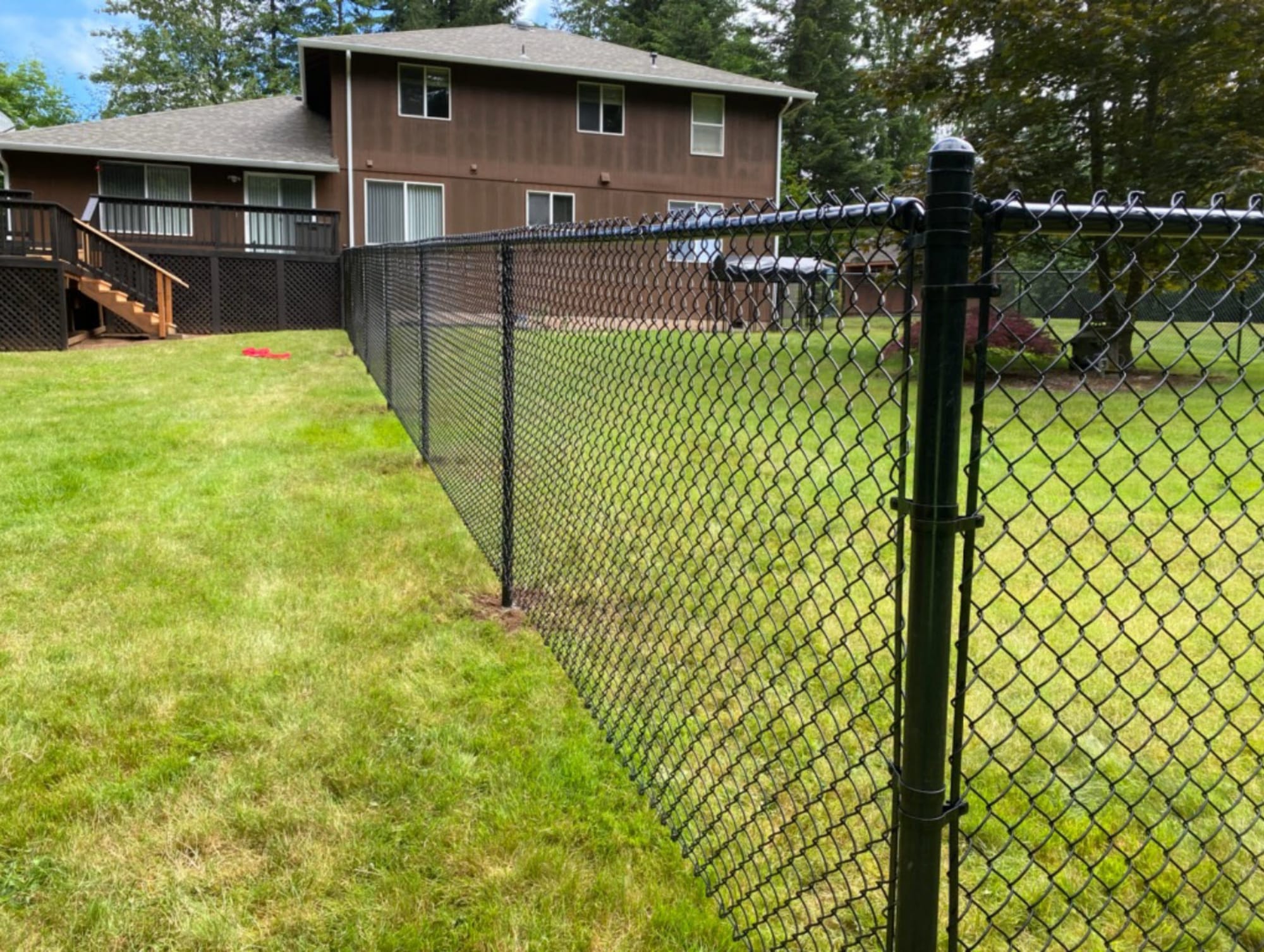All Categories
Featured

Your fencing is a crucial part of your property, providing safety, privacy, and visual charm. It is continuously subjected to the components, and over time, weather-related damage can take its toll. Whether it's the harsh sun, solid winds, heavy rain, or freezing temperature levels, the climate can cause damage, warping, decaying, and fading. There are a number of approaches you can apply to safeguard your fencing and lengthen its life.
- Pick the Right Product. The first action in safeguarding your fencing from weather-related damages is to choose the right product for your environment. Some materials are much more immune to the elements than others.
Wood Fences: While traditional wood fences provide an all-natural, attractive appearance, they are specifically susceptible to water bug, damages, and rot problem. If you pick wood, choose pressure-treated lumber or timber kinds that are extra immune to wetness, such as cedar or redwood. Plastic Fences: Plastic is a low-maintenance choice that resists fading, fracturing, and warping. It's also immune to rot and parasites, making it optimal for areas with high humidity or exposure to rain. Metal Fences: Light weight aluminum and wrought iron fencings are resistant and sturdy to weathering. They can rust if revealed to moisture for extended periods. Go with a galvanized or powder-coated steel fence to decrease the danger of corrosion. Composite Fences: These are made from a mix of wood fibers and plastic, providing the finest of both globes-- sturdiness and a natural appearance. Composite fencings are resistant to wetness, fading, and rotting, making them excellent for environments with regular rainfall or snow. 2. Apply Safety Coatings. No matter the material, applying a protective coating can assist guard your fence from weather damage.

Wood Fences: A good-quality discolor or sealant can help secure your timber fencing from moisture, UV rays, and insects. These coatings create a barrier that protects against water from leaking into the wood and creating rot. You need to apply a fresh coat of sealer every couple or discolor of years, depending upon your climate and the level of exposure to rainfall and sunlight. Vinyl Fencings: Although plastic fencings are typically immune to weathering, they can still struggle with discoloration due to the sun's UV rays. You can utilize specific plastic cleaners or UV protectants to maintain the shade and appearance of your fencing. Metal Fencings: For steel fencings, take into consideration applying a rust-resistant primer and a layer of paint made for exterior usage. Powder finish is an additional excellent option for metal fencings, as it creates a durable, weather-resistant coating that withstands rust and rust. 3. Regular Cleansing and Maintenance. Maintaining your fencing consistently is important to avoiding damages from the components. Dust, leaves, and various other debris can develop on your fencing, which can create discoloration, mold, and mold in time.
Wooden Fencings: Tidy your wood fence every six months with a mild detergent service or a stress washer (on a low setting) to eliminate dirt and grime. Maintain an eye out for early indications of rot, particularly at the base of the fencing posts where moisture has a tendency to accumulate. Plastic Fencings: Plastic fences are easy to clean with soap and water. Use a blend of vinegar and water to gently scrub the affected locations if you see mold or mildew. Stay clear of severe chemicals that might damage the surface. Metal Fences: Frequently clean metal fencings with a soft fabric or sponge to get rid of rust-causing debris. For wrought iron fencings, take into consideration applying a rust-inhibiting item to stop rust. 4. Correct Setup and Positioning. Proper installation of your fencing can go a long method in shielding it from weather-related damages. Guarantee that your fence is safely anchored which articles are established deep enough right into the ground to avoid shifting throughout heavy winds or tornados. Setting up bracing at vital factors can give extra assistance. if your fencing is subject to hefty winds.
Additionally, consider the positioning of your fence. If possible, plant shrubs or trees tactically around your fence to offer some natural protection from rough winds, intense sunlight, or motoring rainfall. Be mindful not to plant as well close to the fence, as roots can damage or shift blog posts over time.
- Address Storm Damages Promptly. Tornados, particularly those with high winds or hail storm, can create instant damage to your fencing. After a tornado, inspect your fencing for damaged areas, leaning messages, or fallen particles.
- Winterize Your Fencing. Cold temperatures and ice can be specifically damaging to wood fencings. When water gets in the timber and ices up, it can create the material to split or split. To avoid this, make sure that the base of your fence posts is raised and not being in pooled water. In areas that experience freezing temperatures, you may wish to set up a wetness obstacle around the base of the articles to minimize the risk of water damages.
Conclusion. Weather-related damage is an unavoidable part of having a fencing, but with the ideal safety measures and normal upkeep, you can considerably extend the life of your fencing. Select durable materials matched for your climate, use safety finishes, clean on a regular basis, and guarantee correct installation. With these actions, you can safeguard your fencing from the elements and preserve its appearance and functionality for several years to come.
Latest Posts
Learn How to Reduce Expenses on Car Maintenance with Montclare Auto Repair’s Limited-Time Deals
Published May 29, 25
1 min read
Dependable Commercial Roofing Providers by Weathercraft
Published May 26, 25
1 min read
Discover WyHy FCU – Key Tools for Your Money Goals
Published May 24, 25
1 min read